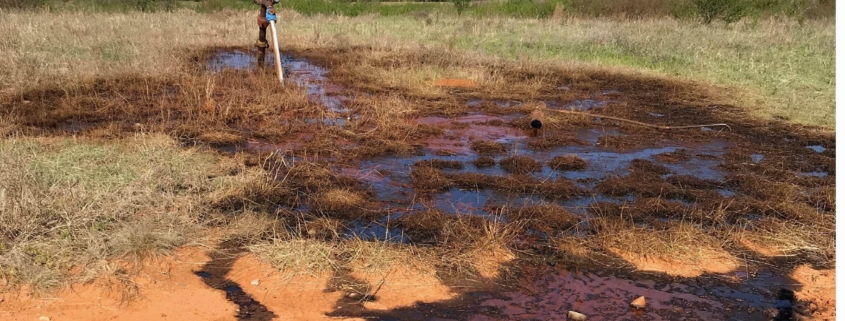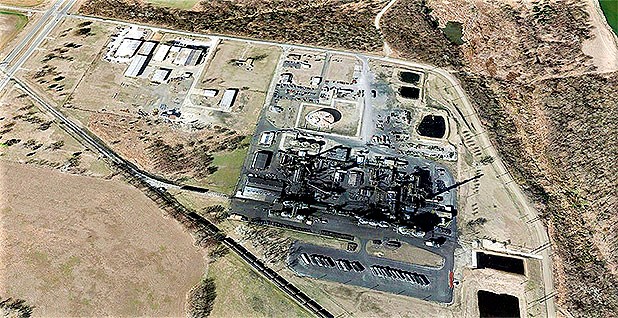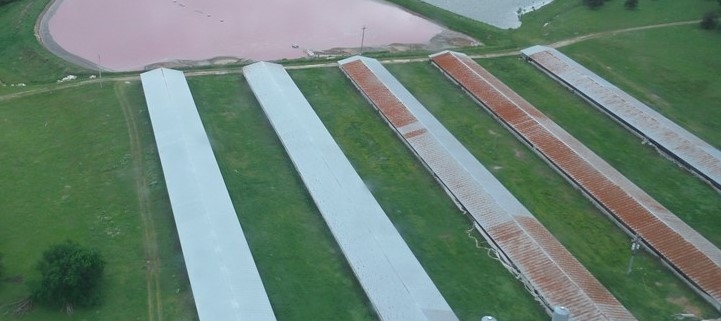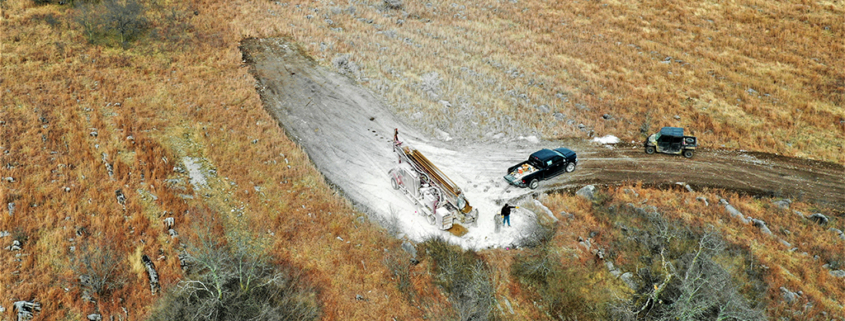Lithochimeia Presents Poultry Waste Papers at the 2009 International Symposium on Environmental Science and Technology in Shanghai, China

Bert Fisher and Larry Hight presented research papers concerning poultry waste disposal and pollution in the Illinois River Watershed at the 2009 International Symposium on Environmental Science and Technology held at the Songjiang Campus of Donghua University in Shanghai, China, June 2-5, 2009 (http://www.isest.com.cn/).
Fisher, J. B., R. L. Olsen, F. M. Soster, B. Engle and M. Smith. 2009. The history of poultry waste contamination in the Illinois River Watershed as determined from sediment cores collected from Tenkiller Ferry Reservoir (Oklahoma, United States) In: Progress in Environmental Science and Technology, Volume II, Part B. Proceedings of the 2009 International Symposium on Environmental Science and Technology, Shanghai, China, June 2-5, 2009, Shengcai Li, Yajun Wang, Fengxia Cao, Ping Huang and Yao Zhang, eds., Science Press, Beijing, P. R. China, pp 1222-1237. (ISEST01.pdf)

Fisher, J. B., R. L. Hight, R. van Waasbergen, B. Engle and M. Smith. 2009. Estimates of the mass generated, disposal timing and the spatial distribution of disposal sites within the Illinois River Watershed (Oklahoma and Arkansas, United States). In: Progress in Environmental Science and Technology, Volume II, Part B. Proceedings of the 2009 International Symposium on Environmental Science and Technology, Shanghai, China, June 2-5, 2009, Shengcai Li, Yajun Wang, Fengxia Cao, Ping Huang and Yao Zhang, eds. , Science Press, Beijing, P. R. China, pp 1238-1247. (ISEST02.pdf)Lithochimea Presents Research Compilation at 2009 International Petroleum & Biofuels Environmental Conference in Houston, TX.

Bert Fisher presented a paper entitled, Using Multiple Soil Salinity Assessment Methods in the Development of Geochemical and Geophysical Salt Contamination Maps for Use in Litigation, at the 16th Annual International Petroleum & Biofuels Environmental Conference held in Houston, TX, November 3-5, 2009 (For a full agenda for all papers presented at the 16th Annual International Petroleum & Biofuels Environmental Conference see http://ipec.utulsa.edu/Conf2009/Agenda%2010-3-09/Agenda09.htm).
Fisher, J. B. 2009. Using Multiple Soil Salinity Assessment Methods in the Development of Geochemical and Geophysical Salt Contamination Maps for Use in Litigation, International Petroleum & Biofuels Environmental Conference, Houston, TX, November 3-5, 2009, Abstract. (IPEC2009.pdf)






